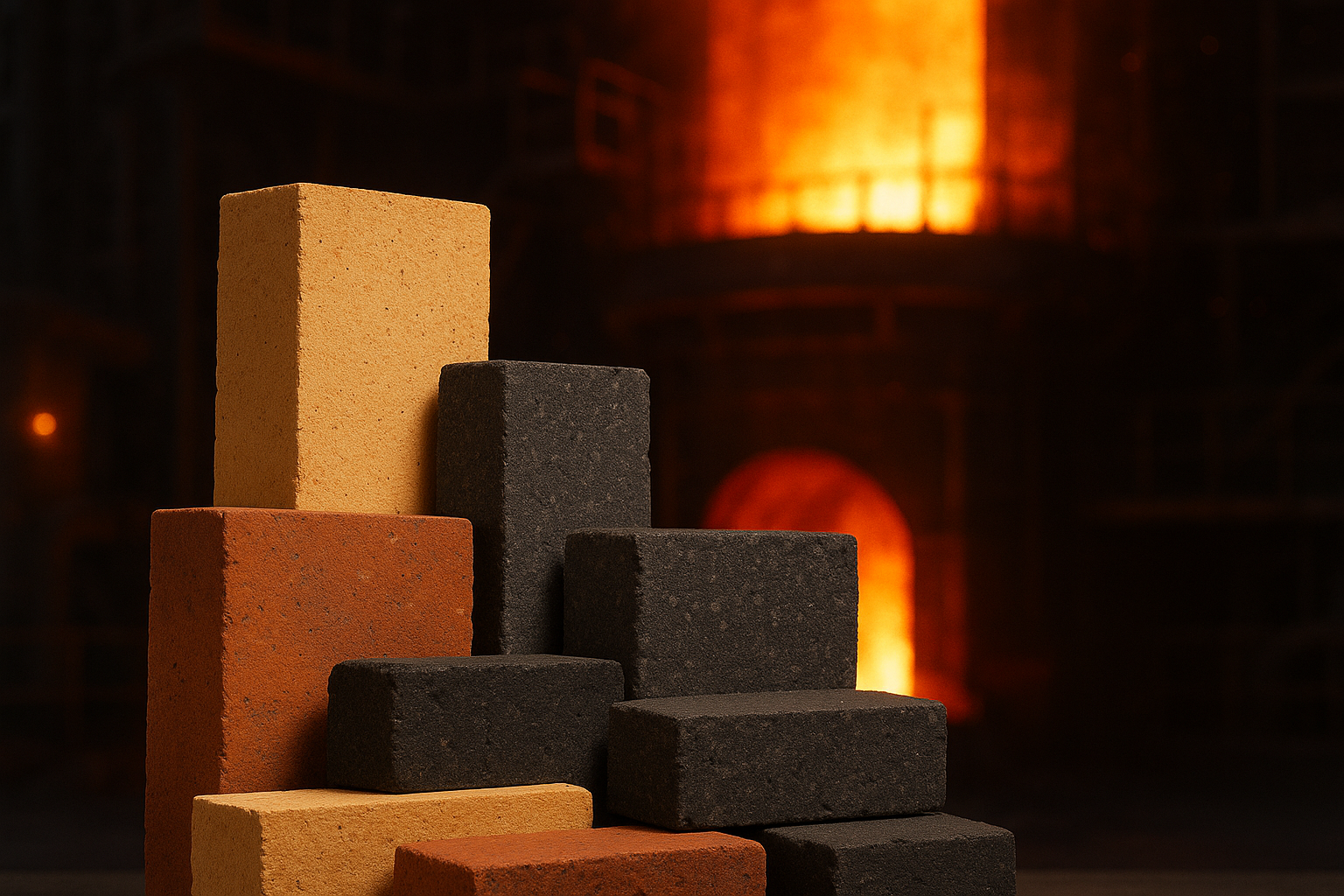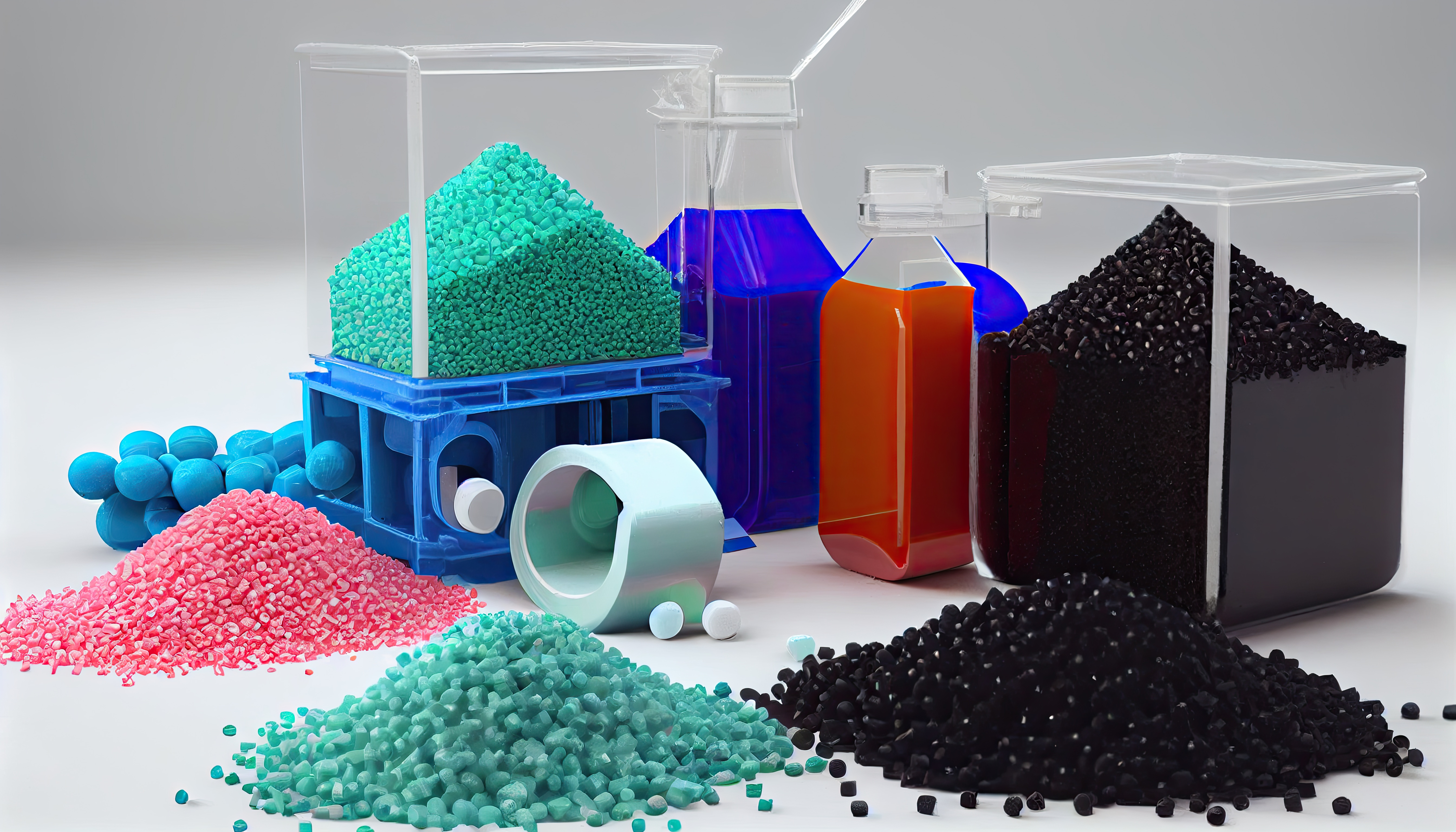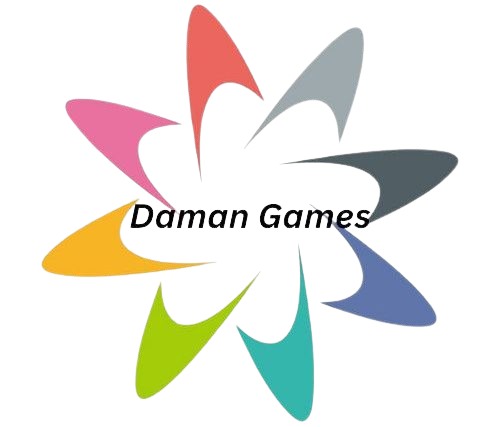 Brand Mentions + PR – Rank Higher. Get Talked About!
Brand Mentions + PR – Rank Higher. Get Talked About!
Can Stretch Marks Be Removed?
Written by krishil » Updated on: June 30th, 2025

Stretch marks are a common skin issue that affect people of all ages and body types. They often appear during pregnancy, puberty, or periods of rapid weight change, typically showing up on the abdomen, thighs, arms, and hips. While they don’t cause pain or medical harm, their appearance can lead to self-consciousness and reduced confidence. Thankfully, today’s advanced body scarring treatments provide effective ways to reduce their visibility and restore smoother, more even-toned skin.
What Causes Stretch Marks?
Stretch marks form when the skin stretches too quickly and the underlying support structure of collagen and elastin breaks down. This damage leads to lines or streaks that start off red, purple, or pink and eventually fade to white or silver. Hormonal changes, genetics, and skin type all influence whether and how someone develops stretch marks. Once formed, they can be difficult to treat without professional intervention.
Can Stretch Marks Be Fully Removed?
Complete removal of stretch marks is rare, but their visibility can be significantly reduced. The effectiveness of treatment depends on how early the marks are treated and the method used. Newer stretch marks respond better to treatment than older ones, which are more deeply embedded in the skin. With the right approach, skin can appear smoother, firmer, and more even-toned.
Laser Therapy: Stimulating Collagen Regeneration
Laser therapy uses targeted light energy to penetrate deep layers of the skin and promote new collagen growth. This encourages the skin to heal and regenerate, reducing the appearance of stretch marks over time. It also improves texture and tone, making the skin look healthier. Multiple sessions may be required for best results, especially for older marks.
Microneedling: Natural Skin Rebuilding
Microneedling involves using ultra-fine needles to create controlled micro-injuries in the skin. These tiny injuries trigger the body’s healing response and stimulate collagen and elastin production. As the skin rebuilds itself, stretch marks gradually become less visible. It’s a safe and effective treatment that works well on different skin types and areas.
Radiofrequency: Skin Tightening from Within
Radiofrequency (RF) treatments deliver energy deep into the skin, heating the tissue to stimulate collagen production and skin tightening. This treatment helps reduce stretch marks and improves overall skin tone and elasticity. It’s non-invasive, painless, and often combined with other therapies for better results. RF is especially useful for sagging or loose skin in addition to marks.
Chemical Peels: Surface Skin Renewal
Chemical peels exfoliate the skin by removing its top layers, promoting cell turnover and encouraging new skin to form. Mild to moderate peels can improve stretch marks by smoothing the surface and blending discoloration. It’s best suited for newer marks and for people seeking gentle, gradual improvement with minimal downtime.
Topical Products: Supporting Long-Term Skin Health
Over-the-counter or prescription creams containing ingredients like retinoids, peptides, or hyaluronic acid can offer modest improvement. While they may not erase stretch marks, they support hydration, elasticity, and regeneration. When used consistently, these products can enhance the effectiveness of professional care and help maintain results.
Are Treatments Safe and Effective?
Yes, most modern treatments are considered very safe when done by qualified professionals. Mild side effects such as redness or sensitivity are normal and usually fade quickly. With proper skin assessment and personalised care, these treatments can significantly improve the appearance of stretch marks with minimal risk.
If you're looking for expert guidance and effective solutions, AE.R Skinlab offers advanced and personalized care tailored to your skin needs. Our clinic combines experience with the latest skincare technology to help reduce stretch marks and improve skin texture—restoring your confidence with safe, professional results.
Note: IndiBlogHub features both user-submitted and editorial content. We do not verify third-party contributions. Read our Disclaimer and Privacy Policyfor details.
Copyright © 2019-2025 IndiBlogHub.com. All rights reserved. Hosted on DigitalOcean for fast, reliable performance.













